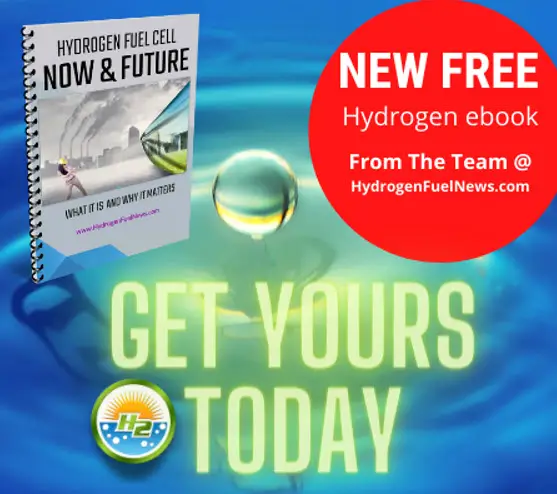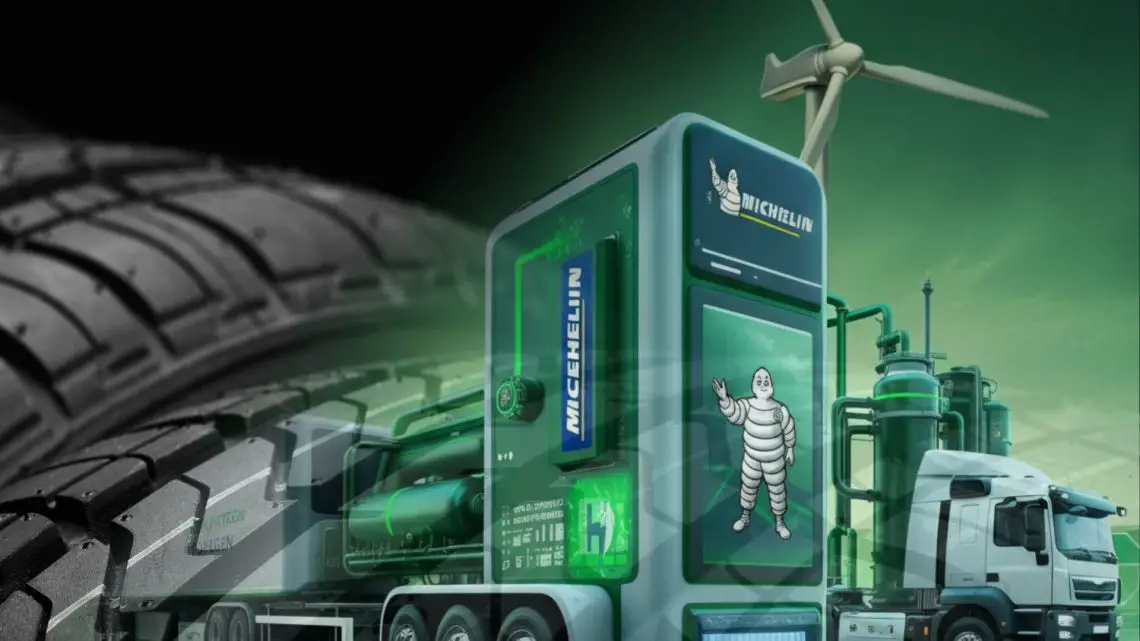
From Tires to Tech Giants? Michelin’s Vision for Affordable Green Hydrogen
March 19, 2025Michelin Embarks on Advancing AEM Electrolyzer Technology for Green Hydrogen Breakthrough
Global tire giant Michelin is making waves in the hydrogen sector with its significant investment in anion exchange membrane (AEM) electrolyzer technology. Through a strategic partnership with top French research institutions, Michelin takes a bold step toward revolutionizing green hydrogen production. What makes this initiative noteworthy is its aim to create next-generation electrolysis systems that marry the strengths of existing technologies while reducing reliance on costly materials like precious metals. This pivot not only underscores Michelin’s commitment to sustainability but also places them in the spotlight of hydrogen innovation.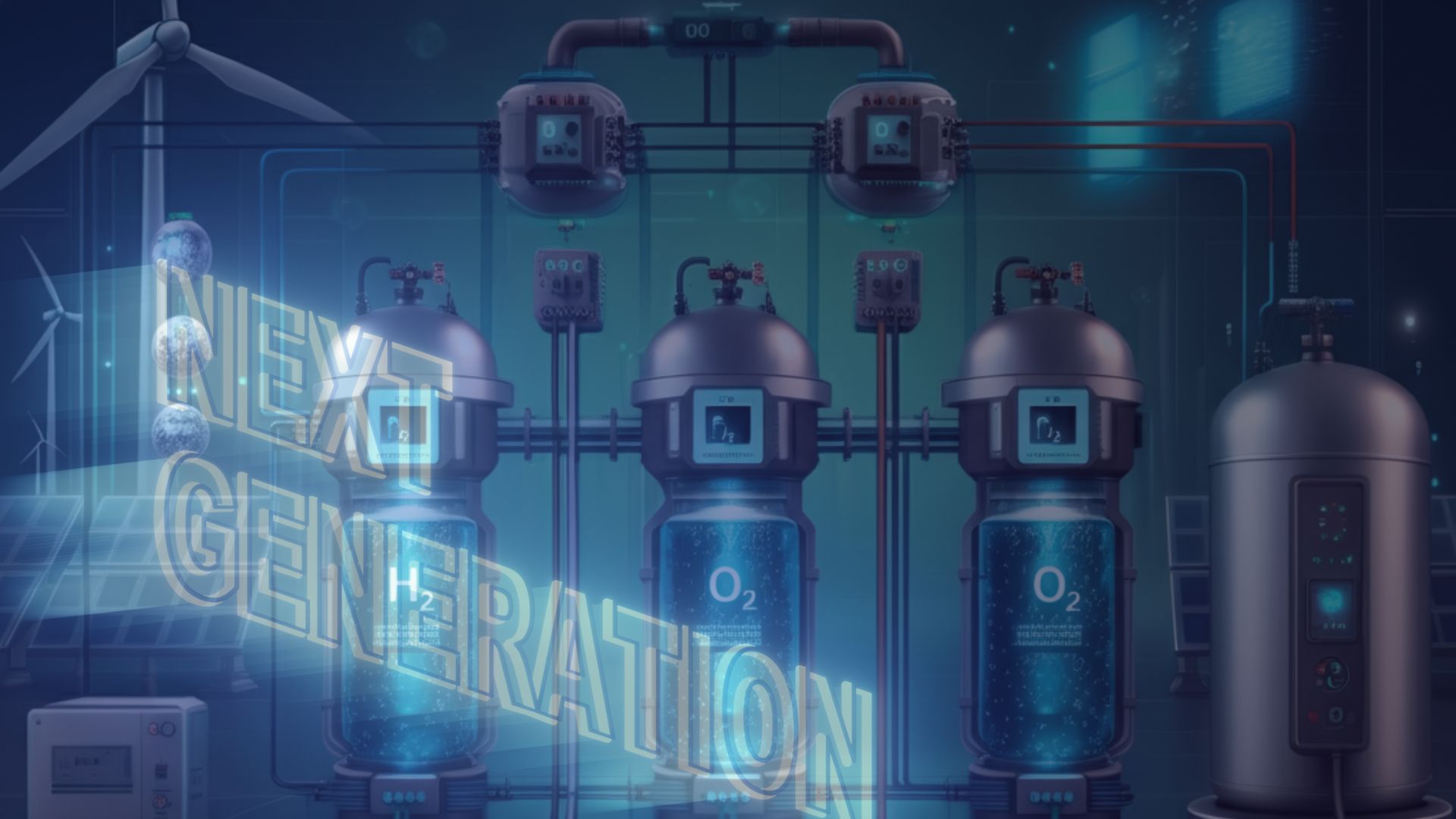
What Are AEM Electrolyzers?
To fully grasp Michelin’s ambitions, it’s important to understand the technology at the core of this initiative. AEM electrolyzers represent a groundbreaking advance in water electrolysis for hydrogen production. They combine the high efficiency and compact design of proton exchange membrane (PEM) electrolyzers with the cost-effectiveness and durability of alkaline systems.
Here’s how these components come together. PEM electrolyzers are prized for their rapid response to fluctuating electricity inputs, making them ideal for pairing with intermittent renewable energy. However, their reliance on expensive catalysts, such as platinum and iridium, has been a persistent bottleneck. Alkaline electrolyzers, on the other hand, avoid this cost issue by using abundant materials but tend to lag in responsiveness and efficiency.
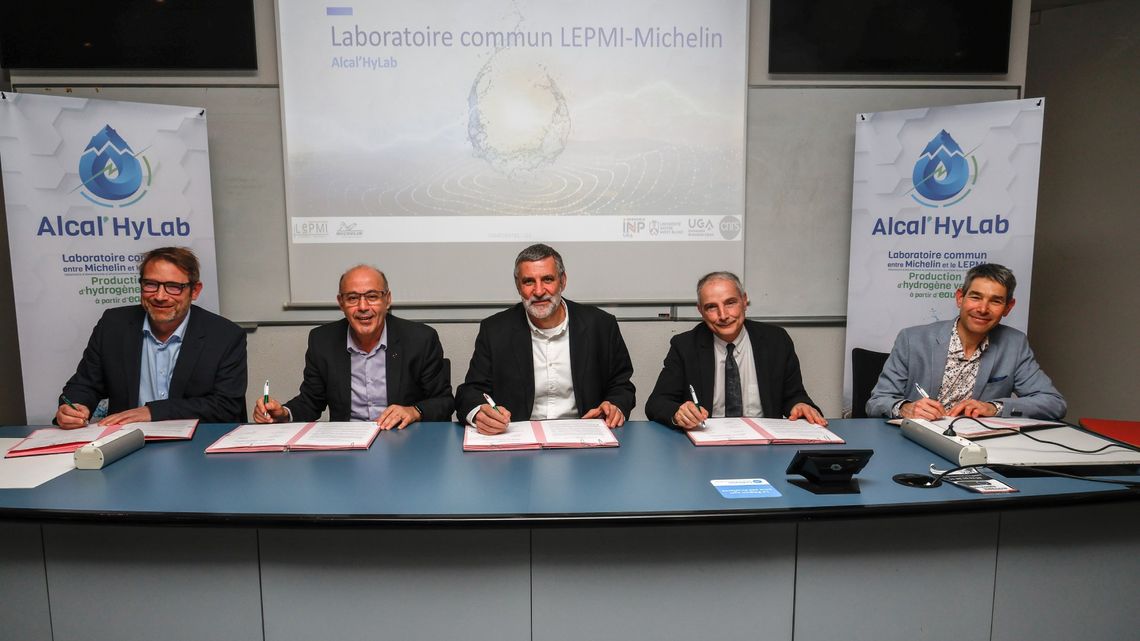
Image Credit – Michelin News
AEM electrolyzers aim for the best of both worlds. By leveraging advanced membrane technology, they can match the efficiency and versatility of PEM systems while substituting costly metals for earth-abundant alternatives, significantly lowering production costs. Additionally, these systems enhance hydrogen production efficiency by ensuring better ion conduction and reducing energy losses. Although still in their infancy, AEM electrolyzers are gaining recognition as a promising pathway toward affordable and scalable green hydrogen.
Michelin’s Strategic Move into Hydrogen
Michelin’s investment in AEM electrolyzers isn’t just a technological endeavor; it’s a strategic pivot aligned with global sustainability trends. The company’s four-year partnership involves collaboration with the French National Centre for Scientific Research (CNRS), Grenoble Alpes University, Grenoble Institute of Technology, and Savoie Mont Blanc University. Together, they aim to develop materials and designs that will position AEM technology as a competitive player in the market.
This initiative is spearheaded by AlcalHylab, a dedicated research laboratory formed jointly by Michelin and CNRS. Their mutual trust and history of innovation have laid the groundwork for this ambitious project. One standout feature of this venture is its focus on resource efficiency. By replacing rare and costly materials with elements abundant in the Earth’s crust, the project seeks to democratize green hydrogen production. Philippe Briand, President of Savoie Mont Blanc University, emphasized that this collaboration leverages cutting-edge research to address the urgent need for affordable, clean energy solutions.
Michelin’s involvement reflects its broader vision for hydrogen, which extends beyond its traditional tire business. Over the last decade, the company has strategically diversified into hydrogen-related technologies, including hydrogen-powered mobility solutions. This latest move fits seamlessly into their evolving portfolio.
The Road Ahead for AEM Technology
Despite its promise, AEM electrolyzer technology is not without challenges. One major hurdle is its relative immaturity compared to PEM and alkaline systems, which enjoy proven track records and greater investor confidence. Currently, large-scale projects tend to favor alkaline and PEM systems because of their reliability and established market presence.
However, the tide could shift in the next three to five years. Industry experts highlight that as long-term performance data for AEM systems becomes available, concerns over degradation rates and operational efficiency are likely to diminish. This growing confidence could unlock significant investment, enabling AEM technology to scale up for commercial use.
Michelin and its partners are acutely aware of these challenges, which is why their timeline stretches over several years. By 2027, the partnership aims to deliver an operational 25-kilowatt AEM electrolyzer stack. This milestone will not only provide critical validation for the technology but could also open doors for broader adoption in industries demanding sustainable hydrogen solutions.
The development also aligns well with global hydrogen strategies. The push for carbon neutrality has shifted focus to innovative approaches like AEM, which could drive costs below current benchmarks and make green hydrogen an economically viable alternative to fossil fuels.
A Promising Future for Hydrogen Innovation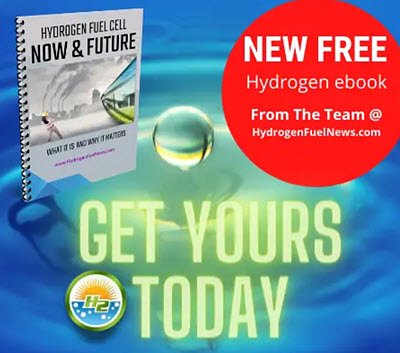
Michelin’s foray into AEM electrolyzer technology marks an exciting chapter in the evolution of the hydrogen economy. By focusing on cost reduction, resource efficiency, and technological advancement, the company positions itself and its partners as pioneers of next-generation solutions. While obstacles like technological maturity and investor skepticism remain, the gradual development of AEM systems holds the potential to reshape the energy landscape.
For the hydrogen sector, this represents a moment of immense possibility. If successful, Michelin’s venture could not only accelerate the adoption of green hydrogen but also pave the way for sustainable industries to thrive. This is a vivid reminder that innovation rooted in collaboration and long-term vision can unlock solutions to some of the world’s most pressing environmental challenges.
The story of Michelin’s investment underscores a broader narrative about the future of hydrogen, balancing cautious optimism with a clear-eyed view of the work still to be done. If nothing else, it’s a testament to the ingenuity and determination driving the quest for a cleaner, greener tomorrow.

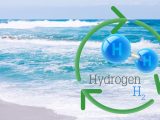

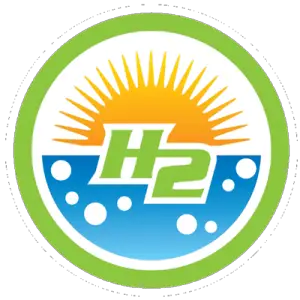 With over 15 years of reporting hydrogen news, we are your premier source for the latest updates and insights in hydrogen and renewable energy.
With over 15 years of reporting hydrogen news, we are your premier source for the latest updates and insights in hydrogen and renewable energy.